Grab the Macro Gear Guide
Download the free macro gear guide to find out exactly what you need to take beautiful macro photos (hint you can get started for less than $20)
Watching our grads take what we teach them about the fundamentals of photography, and explore different genres to find their own artistic niche is pretty exciting to us. Some of them fall in love with macro, and we’ve seen some seriously jaw dropping images!
If you’ve been dabbling in macro photography, and you’re ready to be inspired, you’ve come to the right place!
We asked some of our wonderfully talented grads to talk about their favourite style of macro photography, and share their top tips for beginners who are ready to get more creative with this fun genre!
First up, if you love macro photos but you haven’t tried it yourself yet, a few tips to get you started.
Macro photography is shooting objects at a 1:1 minimum ratio, and dedicated macro gear allows you to focus much closer than regular lenses.
You’ll need either a dedicated macro lens or macro extension tubes for your standard lenses. We suggest looking at tubes to start you off because it enables you to try macro photography for around $20. Our macro gear guide will help you decide what best suits your needs.
CLICK HERE to download our macro gear guide to find out what lenses we recommend
Macro offers a much shallower depth of field so you’ll need to shoot at smaller apertures (higher f stop number) than you would with regular photography.
So start with selecting an aperture, any aperture… review your shot and zoom in to check the area of focus its given you. Adjust if necessary based on the look that you’re after, then balance your exposure using shutter speed and ISO.
Now dive in as our grads expand on those basics with some really practical, helpful advice in the individual areas of macro that we at Click Love Grow consider them to be bona fide experts!!
If you’d like to learn more about the technical aspects, try our in depth beginners guide to macro photography. It’s the perfect place to start.
Related: Macro Photography Beginners Guide
My top tip for someone learning macro is simply to take LOTS of photos and practice as much as you can.
Depth of field. It takes practice and lots of trial and error to get adequate focus on your subject.
To overcome this an aperture of f/8 will get you started and depending on available light you may be able to narrow it further (bigger f stop number) to increase your depth of field.
I use a Canon 5D Mk3 with a Tamron 90mm macro lens.
Some macro photographers have multiple flash set ups (or rings) with diffusers but I currently just use available natural light to photograph my bugs.

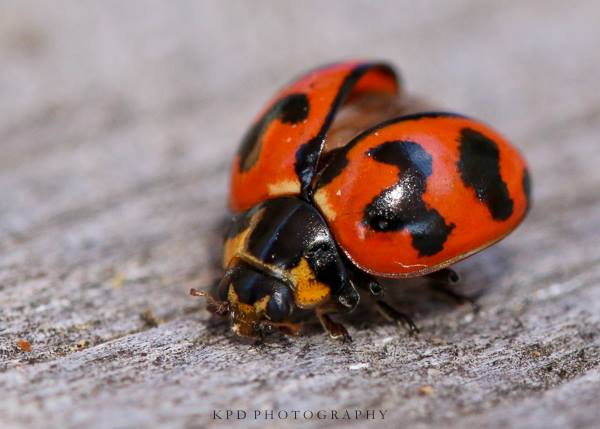
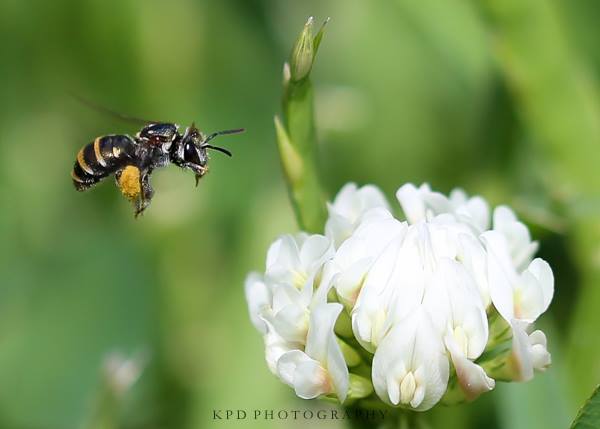
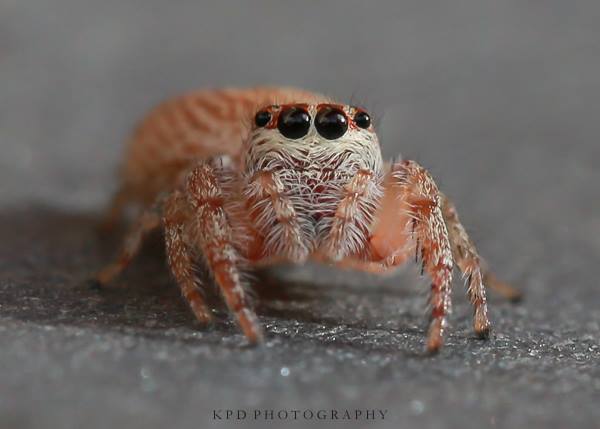
My top tip would be when shooting flowers/macro make a mindful decision on your depth of field. Look at your flower and decide what you want in focus and set your aperture accordingly.
I try not to compare my images with other people’s work. We all shoot differently, some people use a tripod and shoot at f/11 – f/15. I typically shoot wide open (smaller f stop numbers) and don’t use a tripod. There’s no right or wrong way to do things, and we all shoot in different ways that create our own style.
I use the Canon 100mm f/2.8L macro lens.
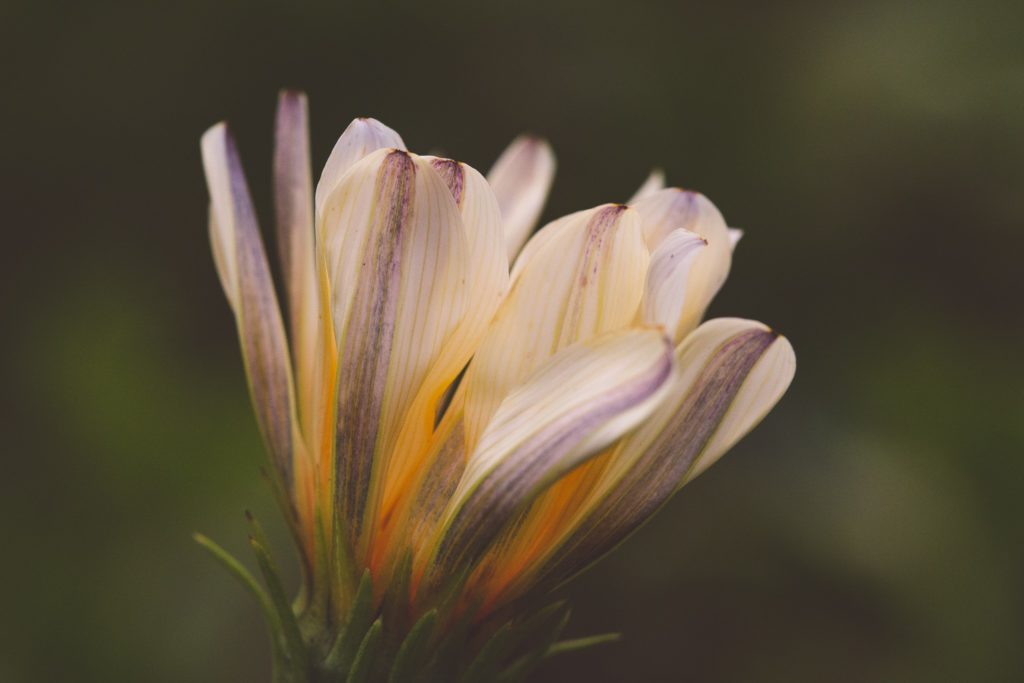
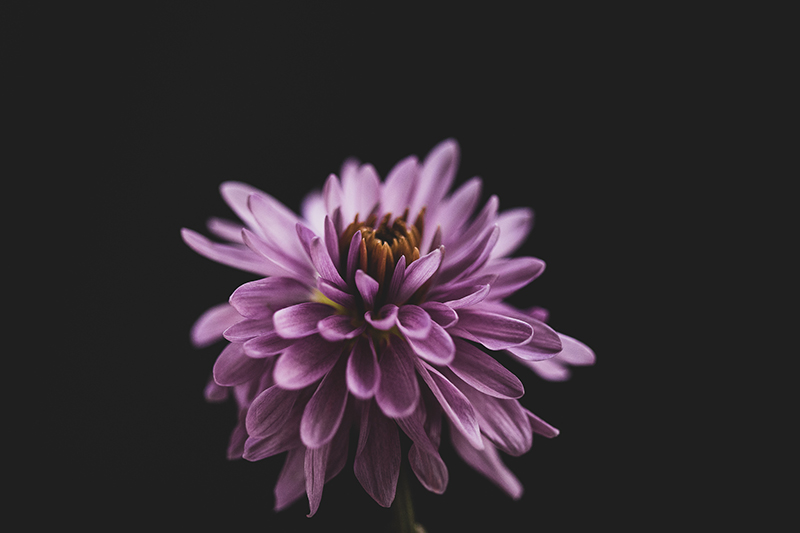

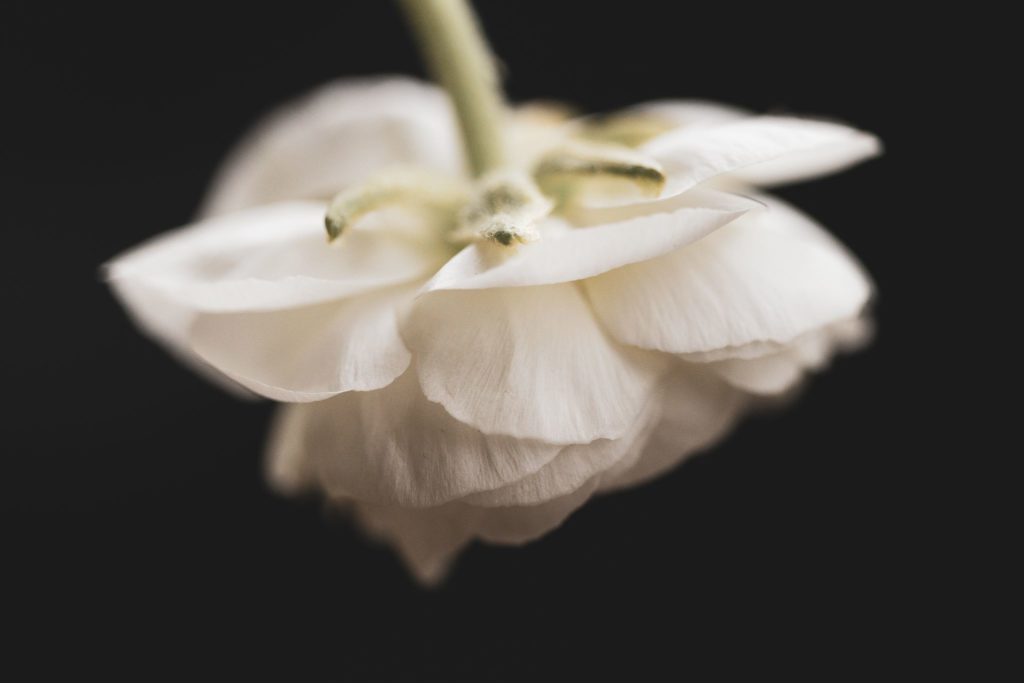
A macro lens is perfect for getting in close and highlighting those really small, sweet details of a newborn baby. Peta Nikel is a professional newborn photographer.
My top tip is to nail those detail shots as soon as baby is asleep to get them in the bag.
Macro photography offers a very shallow depth of field and for that reason, you don’t want any motion at all. So when baby is asleep, take advantage and get those shots whilst you can!
Using a tripod is not conducive to photographing newborns. So you’ll need a very steady hand and a willingness to embrace high ISO to compensate for the loss of light that occurs when you use the narrow apertures that macro photography requires.
I use a Canon 100mm f/2.8L macro lens.




My biggest challenge with macro is light and what I mean by that is it’s hard to take late afternoon shots as the auto focus struggles to focus.
I also use manual focus, which is hard when you have glasses to see, so I usually take multiple shots.
The other major challenge is any breeze… oh my goodness breeze makes it so difficult to get the shot so as little as possible the better!
My tip for learning Macro is you don’t need to be as close as you think, pull back a little and then crop in after in editing.
I use a Nikon D750 and a Tamron 90mm macro.
I have only ever used natural light for my photos but would love to explore other options, I’m always wanting to further my knowledge.
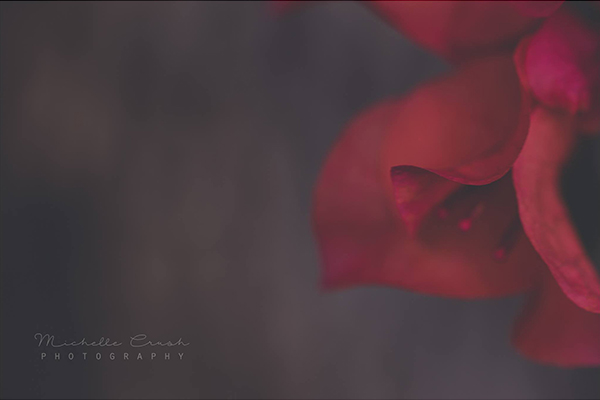
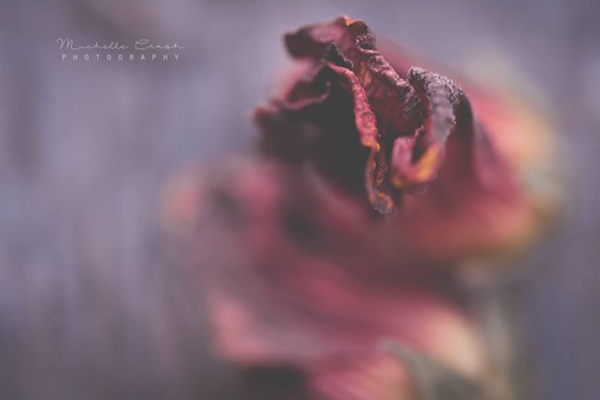
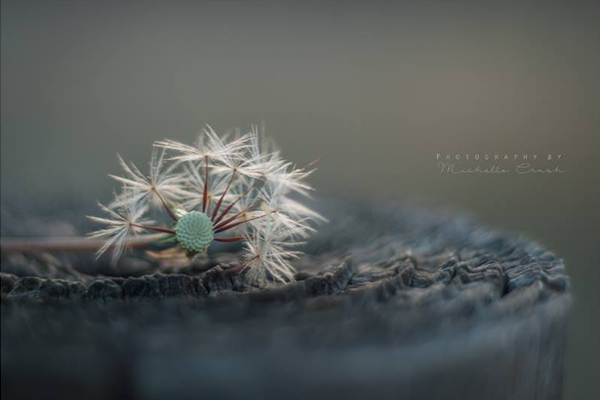

CLICK LOVE GROW ™ Pty Ltd - COPYRIGHT 2024 ©
Enter your info below to join the challenge!
Want a friendly reminder when I go live?
Pop in your number and I’ll shoot you a text.
* We will send text reminders for our live calls during the challenge! Reply ‘STOP’ to end or ‘HELP’ for help.
We promise not to ever share your details with anyone or send you spam! Check our privacy policy and terms of service.
Grab the Macro Gear Guide
Download the free macro gear guide to find out exactly what you need to take beautiful macro photos (hint you can get started for less than $20)
Be the first to comment